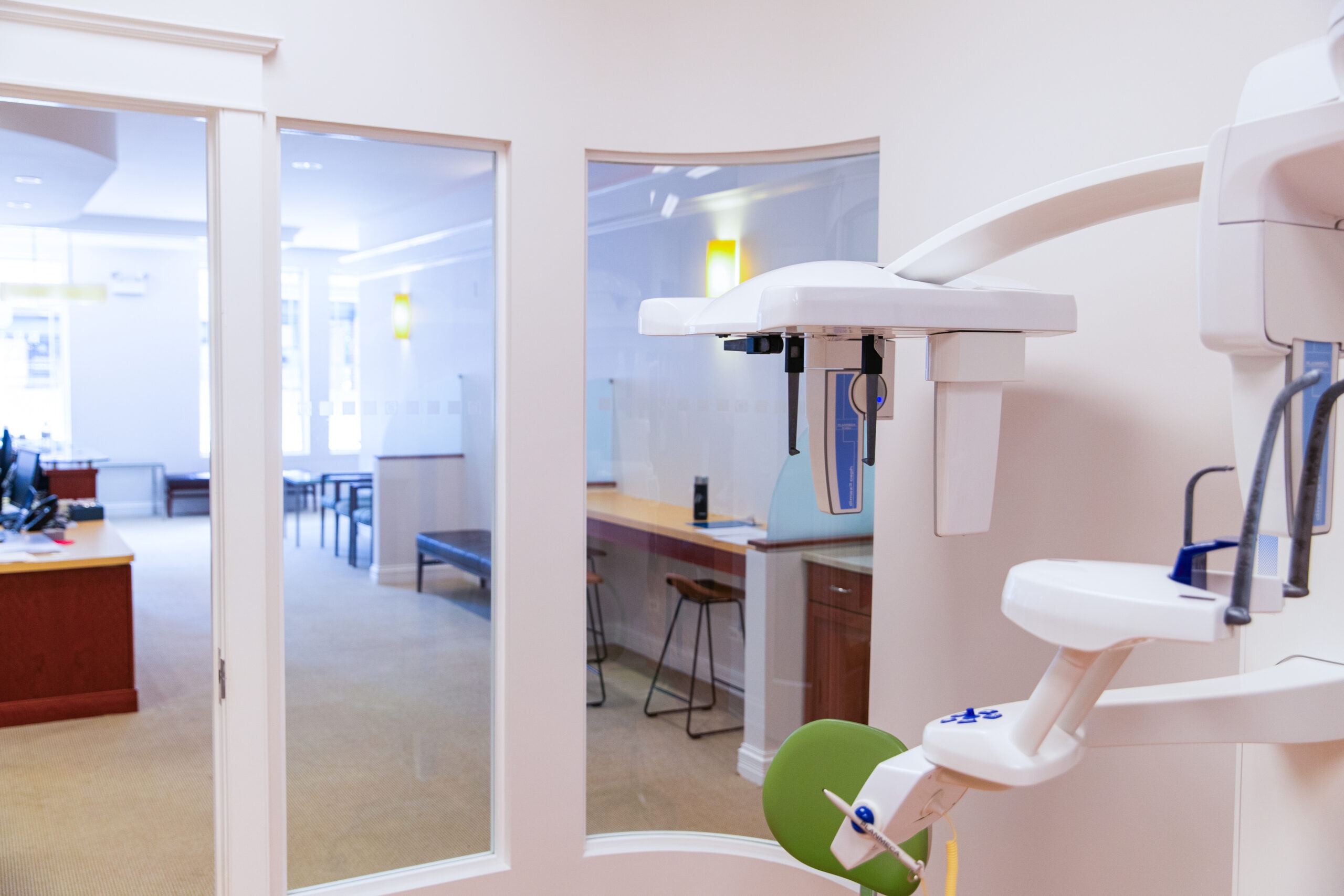There are so many moving parts and information involved in high-quality orthodontic care. One of the many ways we are able to provide smiles to our patients is with the help of x-rays. But why exactly do orthodontists use x-rays, you ask? Brady Orthodontics is here to answer all your questions about the procedure so we can help you feel confident and prepared to come into our office! Read on to learn more about the kinds of x-rays involved, what to expect when you get one, and how they contribute to your treatment.
So, What Exactly Is An X-Ray?
X-rays, or dental radiography, refer to a kind of radiation called electromagnetic waves. These waves are emitted to grab images of the inside of your body and shed light on things below the surface. They capture your bone and tissue structure, focusing on your teeth and jaw, their alignment, as well as the baby versus permanent teeth remaining.
Are They Safe?
X-rays are completely safe! Before taking the image, our orthodontic treatment coordinator will place a lead apron over your head to shield you from radiation exposure and reduce the minimal risk.
Because x-rays only take a few minutes, the benefits of receiving an appropriate diagnosis, thanks to the information they provide, outweigh the risks of minimal exposure. In any case, Dr. Brady will still only suggest an x-ray when necessary so as not to expose you to any radiation unnecessarily.
How Do They Contribute To Your Treatment?
Brady Orthodontics uses x-rays to get information on the mouth that is not visible to the naked eye. There is so much going on within your gums and roots that we need a full picture to properly diagnose you and offer expert answers on what orthodontics can offer. We additionally use x-rays to monitor your progress throughout care so we can make sure your teeth shift into their ideal position.
Dental Vs. Orthodontic X-Ray
You most likely have received an x-ray from your dentist around once a year. We are able to reference it if it was taken within the past six months. However, when you come in for orthodontic treatment, we may need to take an additional scan for more information. Dental x-rays focus on different oral concerns, including tooth decay, your roots, teeth growth, and cavities.
While all of this is important for Dr. Brady to consider in your treatment plan, he may need more information included in an orthodontic x-ray, as mentioned above, one of the most important being details on your current alignment.
What Can You Expect When Getting An X-Ray Taken?
Getting Ready
In preparation for your x-ray, our treatment coordinator will request you set aside any metal object from the shoulders and up. This may include jewelry, hair clips, retainers, piercings, and hearing aids. If metal is captured, it blocks the electromagnetic waves from capturing the correct areas, messing up your images and can even cause additional radiation exposure.
Ensuring You Are Positioned Correctly
Next, we will help you move into the correct position so our machinery has a perfect view of your teeth and jaw. Our team will double-check that you are set before beginning the machine so that you can be done in just a few minutes.
Taking The Images
Now is the simple part. All you need to do is stay where you are while our treatment coordinator programs the machine to capture the images we need. This quick and painless process involves emitting a focused radiation beam toward your teeth and jaw. We will let you know when it is finished so you can return to a normal position.
Looking Over Your Images
It is that simple! Our team can show you your images before we prepare them for Dr. Brady’s expert review. The process only takes a few minutes, so it will be done before you know it.

When Are They Used?
Before Treatment
To establish the current condition of your teeth, jaw, and gums, our team may take an x-ray before beginning treatment. This information will allow us to work on a detailed treatment plan and ensure the work done on your teeth is fulfilling your smile goals.
During Treatment
Our team will not take x-rays throughout treatment, but rather just one at the end so we can identify where your teeth require slight adjustments to reach ideal positioning. This way, Dr. Brady can see how each of your tooth roots has shifted. The final phase is focused on fine-tuning your appliance to reach your smile goals.
After Treatment
Once your care plan is complete and your teeth have shifted into the perfect position, we will take one final x-ray to ensure everything inside your gums and teeth works just as well. This information will also help us provide the most effective post-care plan to keep your new smile intact.
Types of X-Rays Captured
Cephalometric
Often referred to as the traditional orthodontic x-ray, cephalometric x-rays capture an extremely detailed side view of how the upper and the lower jaw interact. We can see the relationship of your facial bones and use this information to, once again, establish how they can be improved with orthodontic treatment.
Panoramic
We additionally take panoramic radiographs, which allow us to learn more about the alignment and development of your upper and lower jaw, jaw joint (TMJ), and teeth. This comprehensive 2-D view helps to give us a more thorough understanding of everything going on in your mouth so we can identify problem areas to work on during care with us.

Your Smile Transformation Starts At Brady Orthodontics!
Dr. Brady and our team are proud to serve Winnetka, Evanston, and the surrounding North Shore communities with expert orthodontic care and smiles that will last you a lifetime. If you are interested in beginning treatment or have more questions that need answers, we are here to be your knowledgeable resource. Give our office a call and schedule your free consultation. We can’t wait to meet you!
